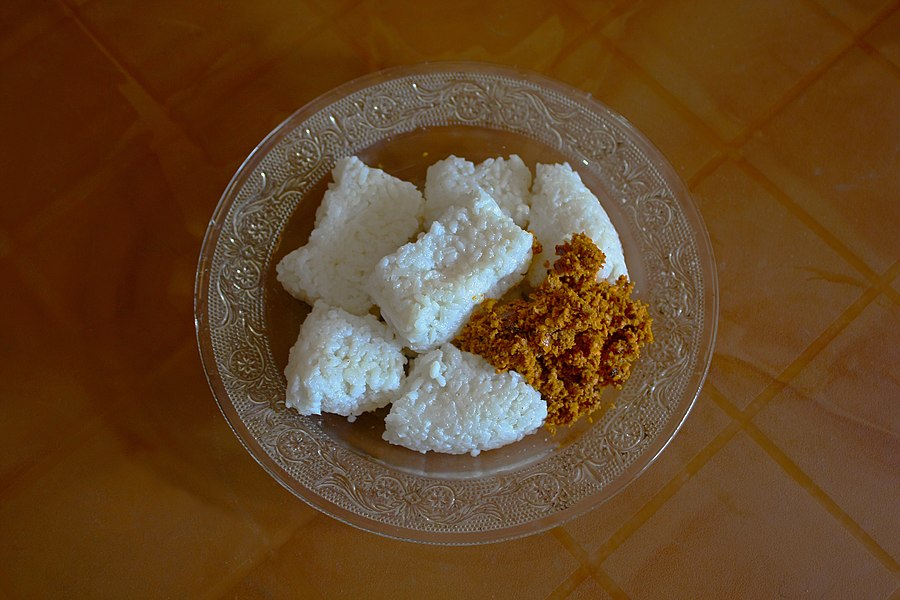Facts About Imbul Kiribath
Kiribath is a cherished traditional Sri Lankan dish made from rice cooked with coconut milk. Often described as a type of rice cake or rice pudding, this dish holds a special place in Sri Lankan culture. It is typically enjoyed for breakfast on the first day of each month and during significant life milestones.
The name "Kiribath" is derived from the Sinhala language, where "kiri" means milk and "bath" means rice. Although its exact origins are somewhat obscure, it is widely believed to be unique to Sri Lanka. According to legend, Kiribath was once offered to Gautama Buddha by Sujata before his enlightenment.
In Sinhalese households, Kiribath is a staple during holidays, ceremonies, and celebrations. It symbolizes new beginnings and is traditionally eaten on the first day of each month. The dish holds particular significance during the Sinhalese New Year, when it is enjoyed as the first meal of the year.
To make Kiribath, you will need white short-grain rice, coconut milk, water, and salt. The type of rice is crucial for achieving the right texture. You cook the rice, add coconut milk, and continue cooking until the liquid is fully absorbed. Some variations include additional ingredients like sesame seeds or cashews.
Kiribath is usually served with Lunu miris, a spicy relish made from red onions, chili flakes, Maldive fish, salt, and lime. It can also be paired with Seeni sambol, jaggery, or bananas. Traditionally, it is eaten by hand to better mix it with the accompaniments.
There are also several delicious variations of Kiribath. Mung Kiribath includes boiled green gram, while Imbul Kiribath is a sweet version filled with coconut and jaggery, rolled in a banana leaf.

 India
India